Myriad ways through Vienna
A field report on Independent Space Index 2023 by Antonie Angerer and Anna-Viktoria Eschbach
Antonie Angerer and Anna-Viktoria Eschbach organized the Independent Art Space Festival Beijing from 2015-2019, connecting local and international project spaces. For Independent Space Index 2023, we invited Antonie and Anna to Vienna to talk about their experiences during the festival of independent spaces in Vienna.
AA: I arrived in Vienna late. Two hours. But finally, I was here and we met after months of being apart. Nothing was stopping us from exploring the Vienna project space scene now. I still remember the preparation of the “Independent Art Space” festival in Beijing that we organized in 2015 and the big questions of how to organize such an event. How do you map a scene that exists so much under the radar and sometimes at the far outskirts of the city? I remember getting to the spaces in the compound called “The Southern Shores of Hawaii” in Yanjiao. One way took, if you were lucky, one and a half hours. Or the discussions we had with our fellow spaces on how to decide who can participate and who not. Since project spaces are, by their nature, institutions that seek to avoid rigid definitions, there appears to be a certain urgency within these scenes to generate momentum and foster discussions around precisely these questions. Going round the Burgring towards the Danube, I was amazed at the beauty of the city. We got excited to explore a scene that has been navigating the question of what kind of spaces art and artists need for many many years.
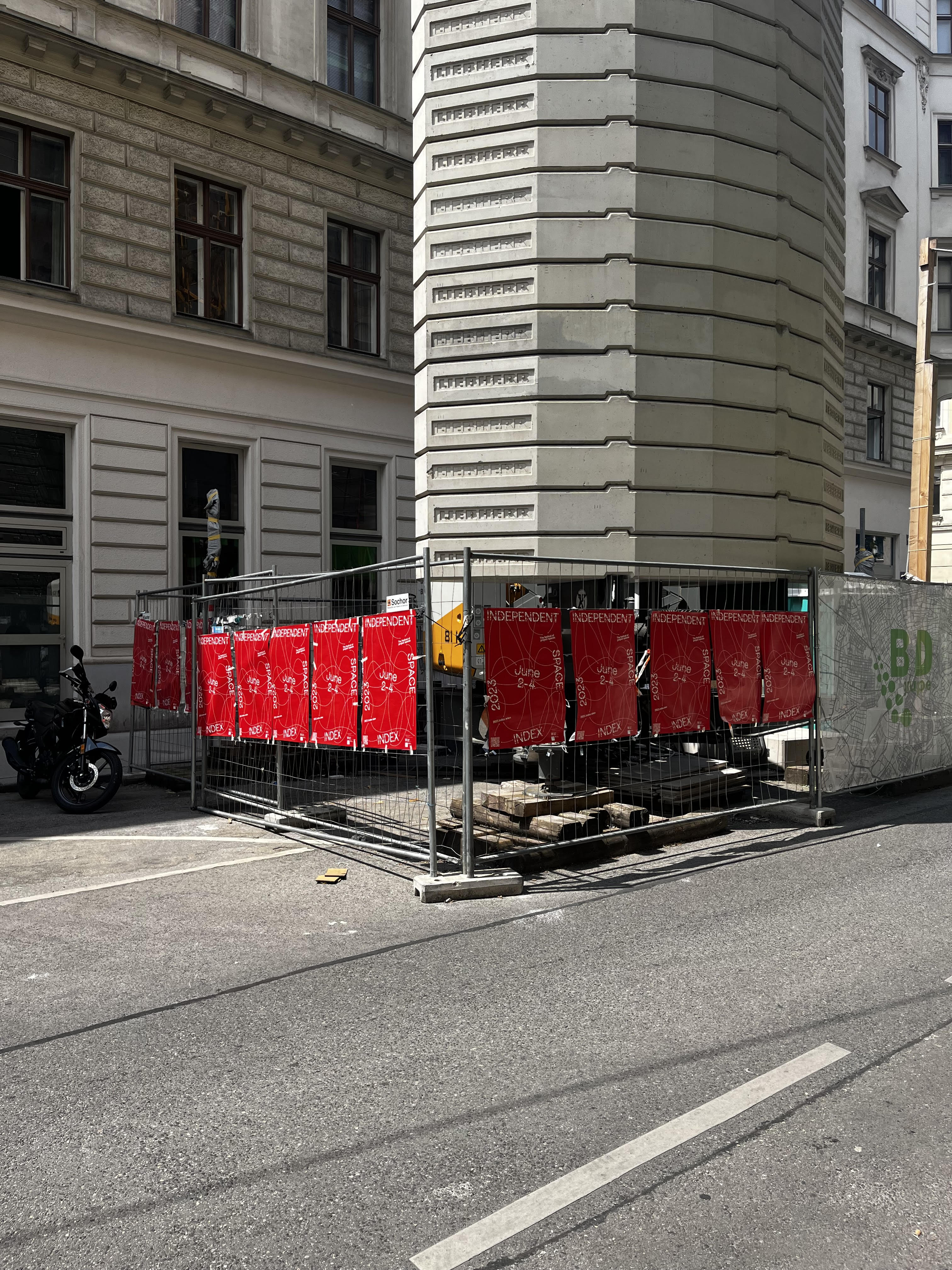
AE: You arrived, and our first moment of diving into the festival was to consolidate all the different maps that we had accumulated at this point: the official map of the festival, the map of Vienna’s public transport system, and all the micro maps of recommendations from more knowledgeable friends and colleagues. In this web of little treasures scattered over the city, we aimed to chart a course that would lead us to as many points as possible.
AA: During our first day in Vienna we were not too lucky – we arrived too late, so we missed our chance to see the exhibition by Felix Helmut Wagner: ‘CREATION. ORGANIZATION. DESTRUCTION.’ at hoast. Thankfully, we could still have a peek through their window. We decided to gather our energies for the upcoming days and had a quiet evening with some friends who are based here.
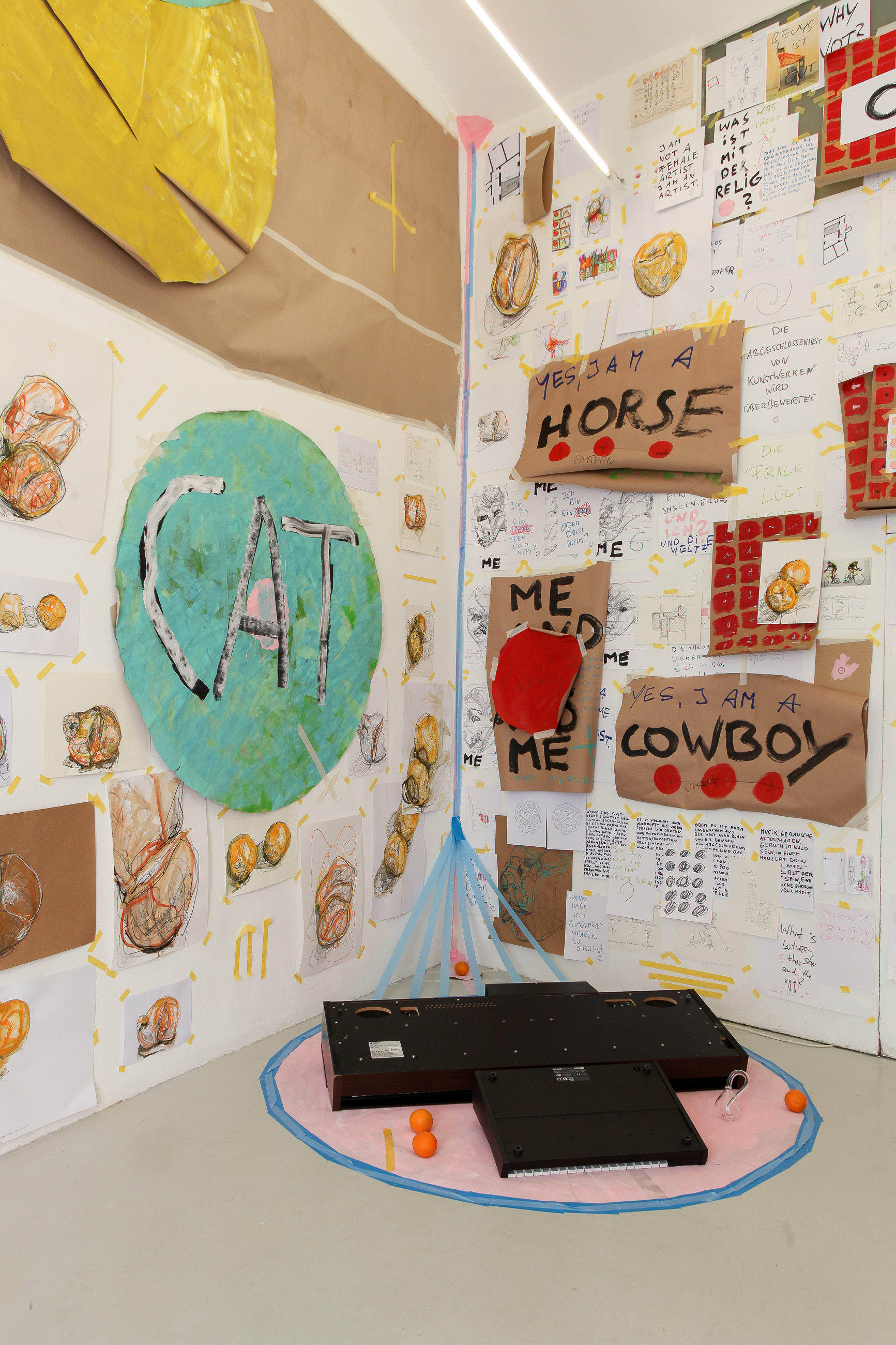
We started the next day fresh with Laurenz. The small space, once a stable, is located at the rear of a beautifully renovated building right next to the Linke Wienzeile. Upon entering the house, you feel as though you are stepping into another universe. Eventually, you find yourself in the stable, where a little owl perched on a stair greets you.
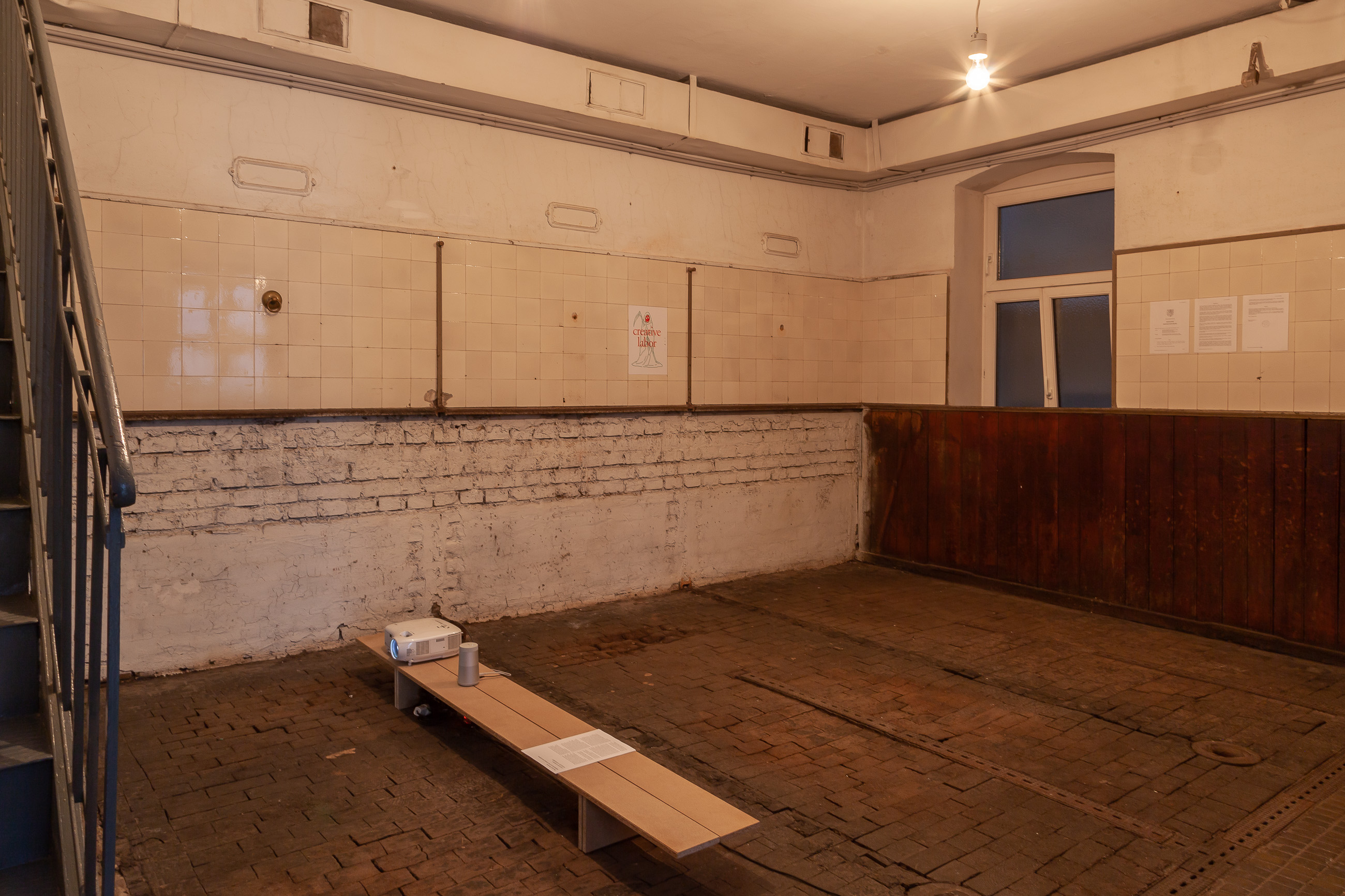
AE: There, we also went into a deep dive with the people behind the space into the highs and lows of operating an independent space. We discussed the interplay of funding and building a space, but also how to find a way to end a fluid institution, such as an independent space gracefully or how to pass the torch on to a new generation that wants to try out a space. I also thought for a long time about the example they gave us where a married couple was running a space as a team, and with the end of the marriage, the space also came to an end. At Laurenz they presented their divorce papers. Something that we also joked about a lot: How the massive amount of work and the love that goes into operating an independent space can feel like a marriage with the space or the other people in the team. The identities of the spaces are more often than not intertwined with the identity of the founding member(s). But I think what also stayed with us when we were walking away was how the theme of the curation was formed by the space and its demands, or how the lack of something (in this case funding) can be turned into a positive thing again. This seems to be a red line behind the curatorial approach of independent spaces, where otherwise, they can be vastly different. It also reminded me of the discussions we had leading to our festivals. Especially the 2016 edition titled “Be Water My Friend” and the edition that we now jokingly refer to as the “therapy festival” in 2017, were both designed to function as a seismograph, identifying the needs and gaps in the structure of independent art spaces in Beijing. But our quest to visit the next space in Vienna was a bit doomed—once because we had three kids with us and two of them got incredibly grumpy with us and did not want to stay at the treasure chest that Salon für Kunstbuch is, and the next time because we were not so lucky in locating the museum in progress.
AA: That is the funny thing. You have a paper map and are consequently looking for physical spaces. The museum in progress is typically a virtual exhibition space, but for the Index festival, it participated in a flag project called “Raising Flags”. Initially, we were looking for a space-space. And couldn’t find it. I remember when we organized the Beijing space festival, we also based it on a map. Mapping the scene is, I think, a natural impulse to show how spaces are woven into the cityscape. People then start to go through the city kind of like on a scavenger hunt. But what about those spaces that want to evade being located in one place? Do you want to keep the flexibility of finding a space that fits to the project or the artist? Or spaces that do not rent a space and do not have to make compromises in order to be able to pay the rent? Spaces that want to stay independent of the physical space in order to adjust, reinvent, and constantly morph into new forms? How do you show them on a map? I remember we had them represented in a cloud and provided stickers, so people could adjust their position, even after the festival, and to represent them as nomadic. Ultimately, they often manifest in a physical form for a specific moment and a specific event. The museum in progress stayed in the clouds, so to speak, with flags designed by artists waving against the Vienna sky. After running around a few blocks to find a space we finally looked up and found the works. I think it is a beautiful way to interrupt our habit of staring straight ahead while walking through the city. In order to see the works, you need to stop and look up.
AE: Yes, we had the “cloud spaces” in our map of the Beijing spaces that were either not operating with a physical space or being so nomadic that placing them on a map would have been a bit preposterous. The next stop at Pinacoteca led us to the heart of the festival. Or so it felt like. The space was emptied out apart from a fridge with cold drinks. We saw some familiar faces from various spaces, including the organizers of Index. The concept of being the watering hole of the festival worked out so well, and it turned into one of these moments that are crucial for festivals that are built on and for solidarity. Everyone was sharing and chatting and you could really get a feeling for what drives the festival and the various spaces in Vienna. We felt so energized when we left. But talking about breaks: we had a quick peek at the finissage of Ma Jia’s “A Madman’s Diary” at Xian in the 20th district, which also promised food and at this point, we did need it.
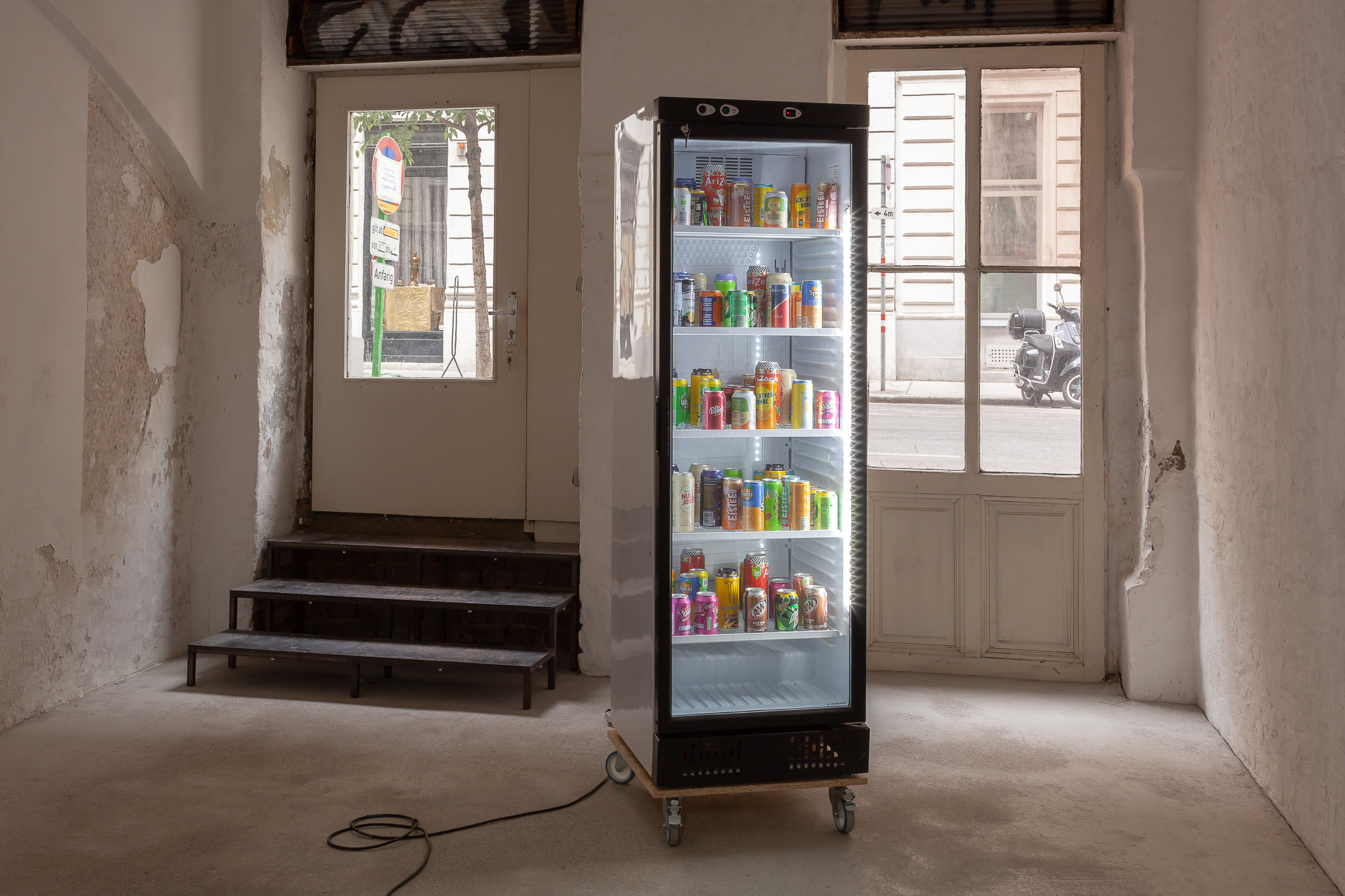
AA: Yes! I can still taste the hot chili of the lamb skewers in my mouth. It was such a blast back to sitting in a little alley of the historical center around our project space in Beijing on the hot summer nights. Food really is such a connecting element. I think space tours should always start with good food and conversation. I also loved Ma Jia’s reference to Luxun’s “Mad Men,” a story about a man going insane by the system that surrounds him, or is the system actually the mad one? It somehow really fits our times today. The Sichuan flavors kept us longer than expected.
AE: We found school at the perfect time. We arrived at their participation in the festival with the “Performative Screenings #79: SOUND AND SILENCE” at a moment when we wanted to slow down and immerse ourselves for a longer period. After running through Vienna for the whole day, it was perfect to get absorbed by the sound and purple cloud that school transformed itself into.

AA: The space with its cozy pillows and the purple floor was so beautiful. The sound was so sincere and moving. It was indeed a perfect spot to escape for a moment. Shomyo of Koya-san & Midori Takada’s record ‘You Who Are Leaving To Nirvana’ was playing. Being in this very chill mood we headed to the WAF gallery. They had two shows for the weekend. Bianca Phos’ “Sharp Dispositions” and “temp-tations” by Anabel Scheffold and Margerita Merkulova. The shows worked nicely together. Phos’ metal sculptures claimed a certain monumentality, while Scheffold’s and Merkulovas’ little creatures-like pieces seemed to grow out of the space itself.
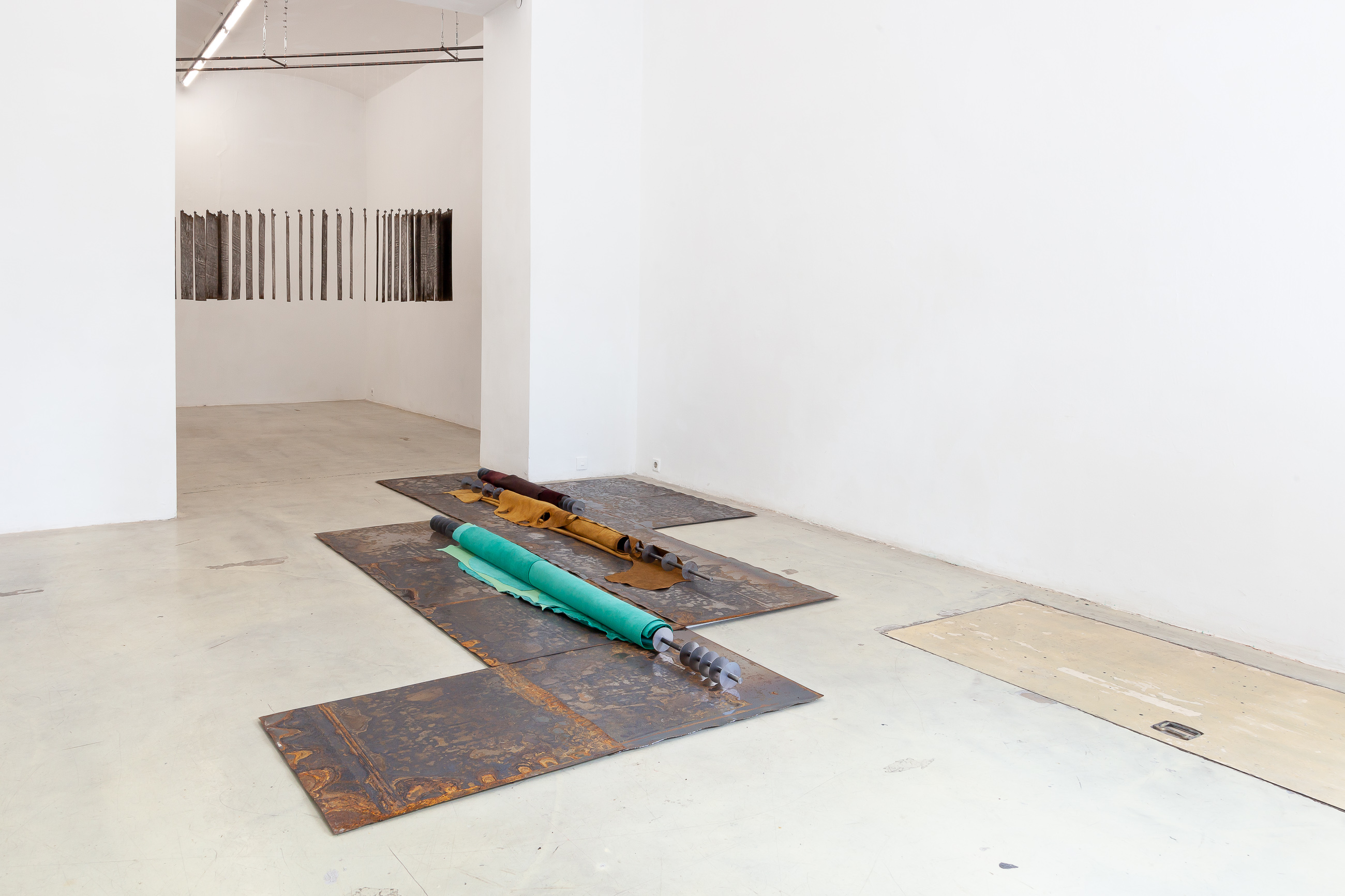
AE: Then we had this quick but intense run to find a bathroom and got quickly side-tracked at a birthday party/ drag event that was happening in a cafe nearby. There was a moment when a beautiful drag queen laughed with us when my daughter called a painting of Mary with Jesus the queen of fairies. That resulted in a very quick crash course in European religious iconography next to a bathroom, which may have hindered or helped our understanding of all of the spaces we were visiting. Ve.Sch was an especially lovely stop where we got a tour by Jennifer Gelardo through the exhibition “Drama of Consensus” and the years of exhibition photography that predated that exhibition. We even left with small little mementos of one installation in the show itself.
AA: The exhibition, featuring photography by Jennifer, included many of her friends. Somehow, due to the interconnected nature of art scenes, it also involved artists and friends known through the transnational network. It represented as well this web of entanglements woven by people taking on different identities: artist, curator, photographer, and installation team. The independent art space scene is one where people switch and change their identities, by choice, but sometimes out of necessity.
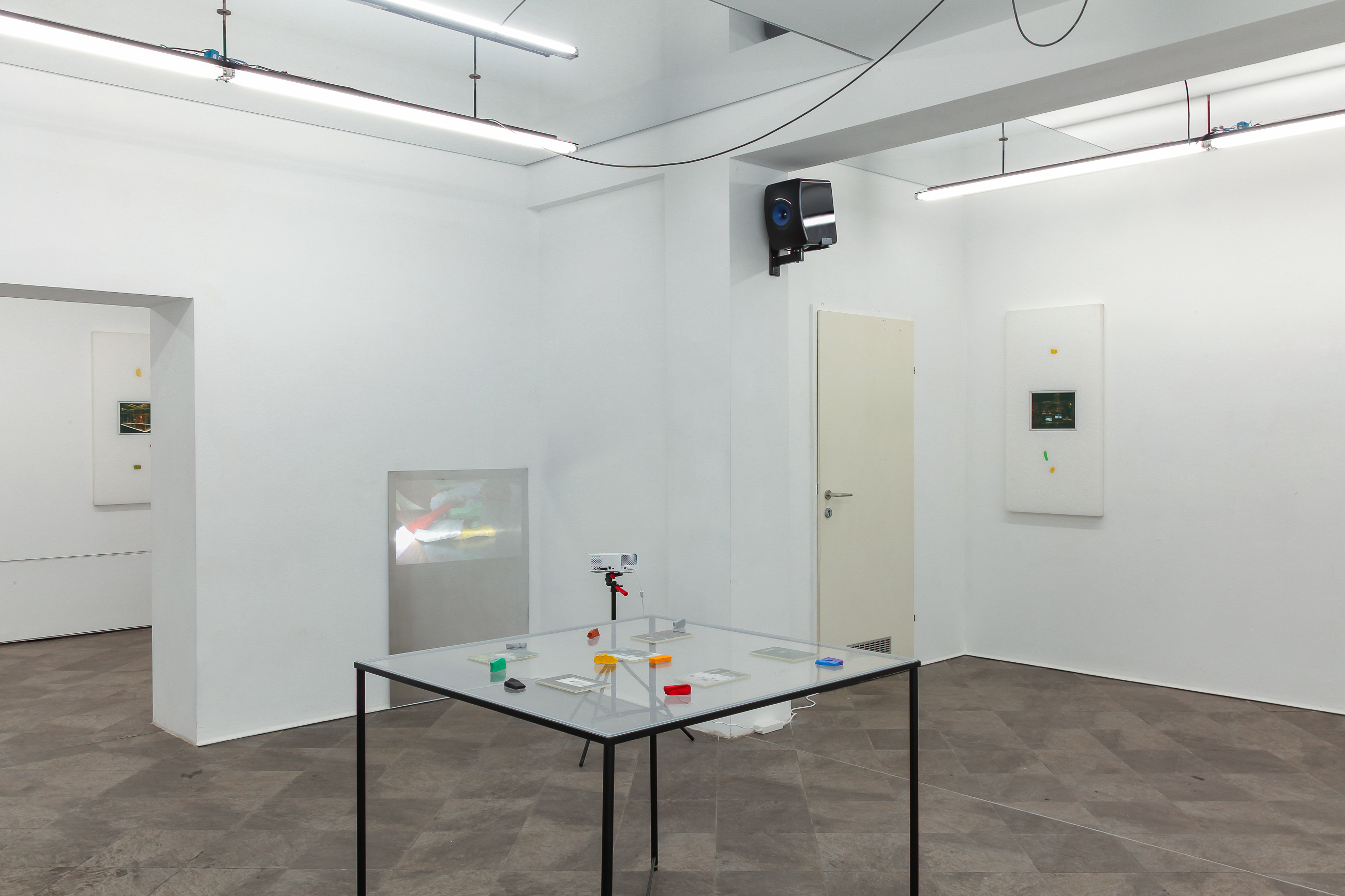
AE: True; discussing transnational networks also reflects the sentiment evoked by KUNSTVEREIN GARTENHAUS. They recently showcased Shen Xin’s exhibition titled “ས་གཞི་ སྔོན་པོ་འགྱུར།” (The Earth Turned Green). It was a beautiful video installation and also turned out to be another portal to our encounters in Beijing. In the video, you can hear the artist talking with her Tibetan language teacher about shifts and movements in light and color through her learning the Tibetan language. In Tibetan, when referring to the color of the earth, the word for “green” is the same as the word for the color blue. Blue is partly composed of the word སྔོན་, meaning “before,” alluding to what came prior and what has been: the sky and the earth. These beautiful nuances that come to light if you switch from one cultural context or language to another were also the feeling that was a driving motor in our understanding of our role as curators in Beijing, I would say—trying to recast power hierarchies as ambivalences, opting for a more conflicted way of presenting that allows multiple modes and vectors of representation to coexist.
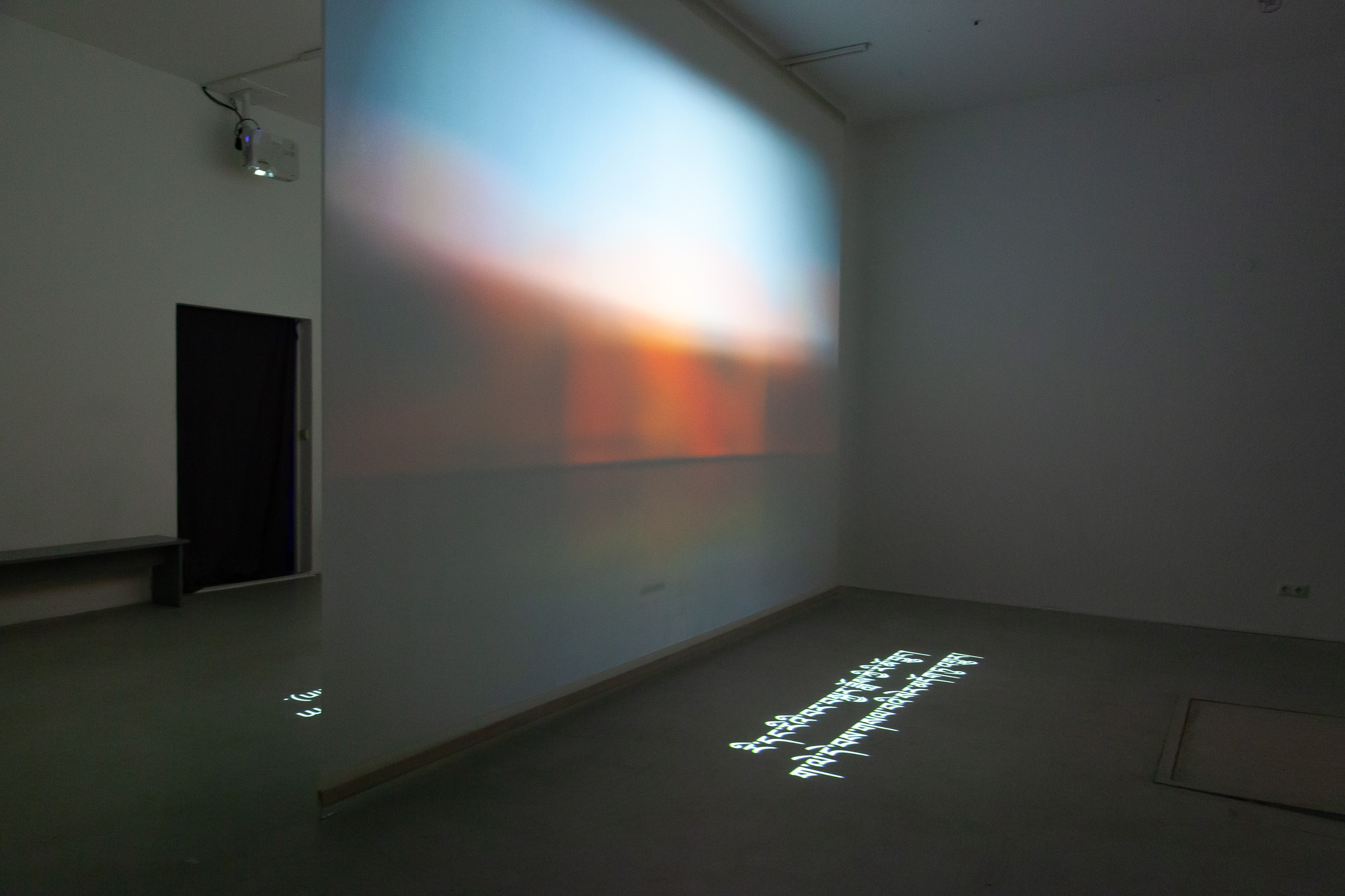
Antonie Angerer and Anna-Viktoria Eschbach are founders and curators of the curatorial office and residency program, I: project space. It existed 2014-2020 in Beijing and took on nomadic shape after pandemic shifts. Their curatorial work is around topics of urbanization, gender concepts in the Asia Pacific, independent space practice, new media, and digital art. Angerer and Eschbach organized the Independent Art Space Festival Beijing from 2015-2019 connecting local and international project space scene. From 2015 to 2022, they were working on the long-term curatorial research platform Beijing22, documenting Greater Beijing’s urban transformation. As part of the Swiss Chinese publishing house tria, they have published numerous books around art, theory, urban development, and China. They have had residencies at Artspace, Sydney and nBK, Berlin, and have been working on projects for documenta fifteen, Kunstmuseum Wolfsburg, Artspace Sydney, CAFAM Beijing, and Kunstverein Bielefeld.